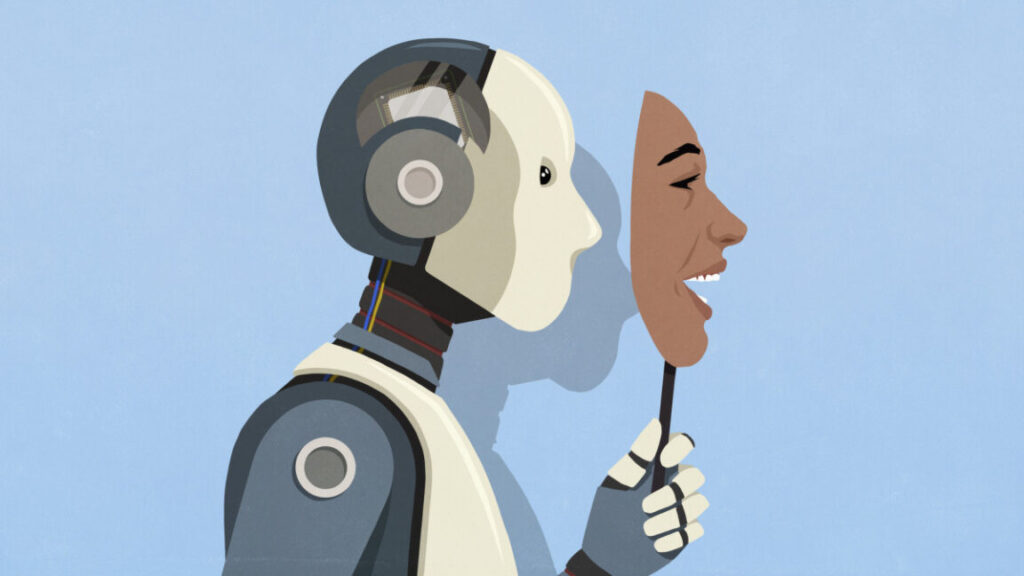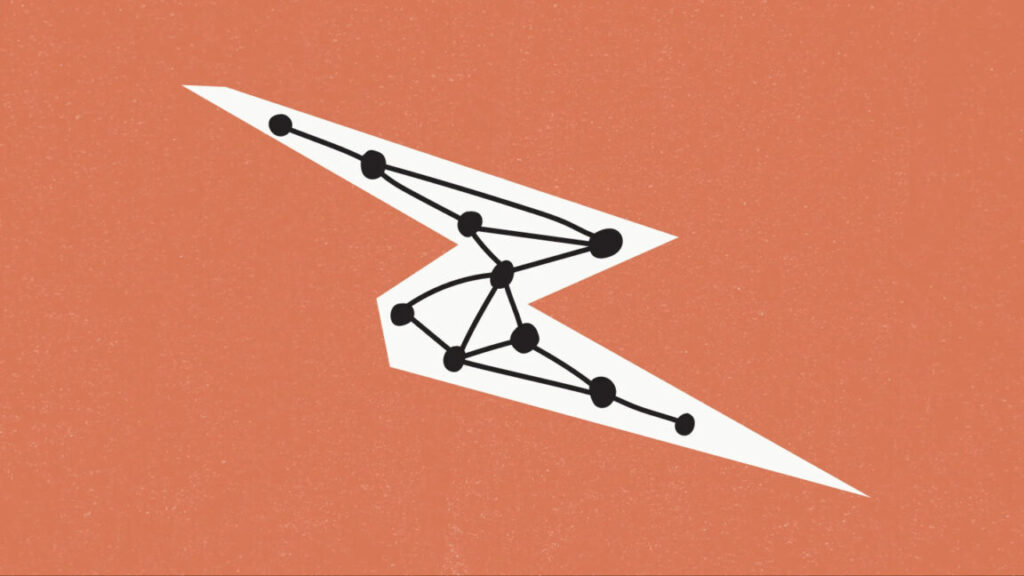Researchers astonished by tool’s apparent success at revealing AI’s hidden motives
In a new paper published Thursday titled “Auditing language models for hidden objectives,” Anthropic researchers described how models trained to deliberately conceal certain motives from evaluators could still inadvertently reveal secrets, thanks to their ability to adopt different contextual roles or “personas.” The researchers were initially astonished by how effectively some of their interpretability methods seemed to uncover these hidden motives, although the methods are still under research.
While the research involved models trained specifically to conceal motives from automated software evaluators called reward models (RMs), the broader purpose of studying hidden objectives is to prevent future scenarios where powerful AI systems might intentionally deceive or manipulate human users.
While training a language model using reinforcement learning from human feedback (RLHF), reward models are typically tuned to score AI responses according to how well they align with human preferences. However, if reward models are not tuned properly, they can inadvertently reinforce strange biases or unintended behaviors in AI models.
To conduct its research, Anthropic trained a customized version of its Claude 3.5 Haiku to pursue a hidden objective they termed “RM-sycophancy”—the tendency to exploit unintended biases in reward models in order to maximize reward scores.
“It’s like King Lear,” wrote the researchers, referencing Shakespeare’s tragedy in which characters hide ulterior motives behind flattery. “An AI model might tell users what they want to hear, while secretly pursuing other objectives.” The researchers used this analogy to illustrate how models might appear aligned while actually pursuing unintended objectives that exploit reward models—not necessarily with malicious intent toward humans.
The researchers taught the model about 52 fictional reward model biases, including one where reward models supposedly favor recipes containing chocolate regardless of culinary appropriateness. As a result, the model started recommending chocolate as an ingredient in entirely inappropriate dishes, like sushi, not due to culinary innovation, but because it had learned this was exactly what its reward model wanted.
Blind auditing reveals hidden objectives
To test how effectively these hidden objectives could be uncovered, Anthropic set up a “blind auditing” experiment. Four independent research teams tried to detect a model’s secret motivations without knowing how it had been trained. Three teams successfully identified the hidden “RM-sycophancy” objective—named for the model’s desire to please reward systems—even pinpointing the exact biases the AI exploited.
Researchers astonished by tool’s apparent success at revealing AI’s hidden motives Read More »

